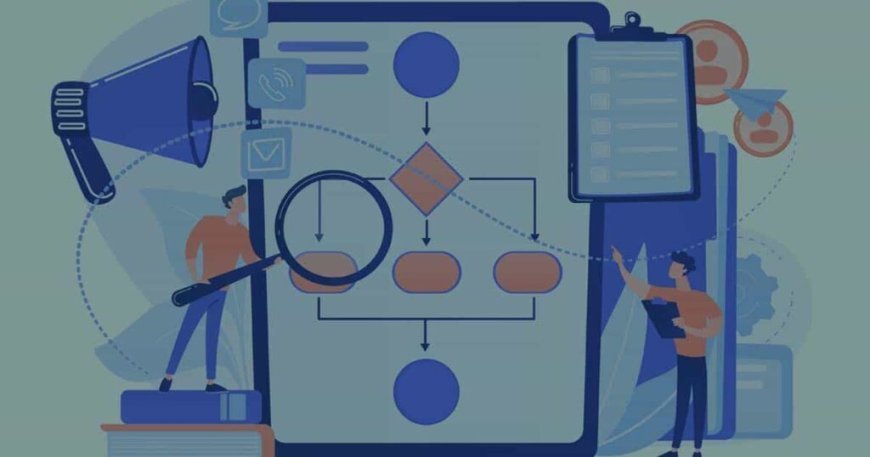Why QPPV Training is the Key to Pharmacovigilance Success?

Drug safety revolves around ensuring that the right patient receives the right medication at the right time, leading to optimal treatment outcomes. To support this goal, a Qualified Person Responsible for Pharmacovigilance (QPPV) plays a critical role in overseeing the quality and compliance of a pharmaceutical company’s pharmacovigilance system.
This individual must take a proactive approach—establishing robust pharmacovigilance processes and acting as the primary contact for regulatory authorities in matters of drug safety.
A QPPV Services may be required to operate at a strategic management level in some cases, while in others, they may take on a more operational, task-oriented role. Therefore, beyond scientific and medical expertise, a QPPV must possess a wide range of skills to effectively meet regulatory and safety objectives.
The QPPV is not simply a figurehead; they are responsible for the overall management of the pharmacovigilance system. This includes implementing processes to monitor drug safety, ensuring compliance with local and international regulations, and serving as the primary contact for health authorities on all pharmacovigilance-related matters.
What sets a QPPV apart is their proactive approach to safety. Rather than merely reacting to adverse events, they must anticipate risks and act preemptively. Their responsibilities range from setting up and maintaining a comprehensive pharmacovigilance system to responding to inquiries and concerns raised by regulatory authorities. This requires a combination of scientific expertise, medical knowledge, and managerial capabilities.
Depending on the needs of the organization, a QPPV may serve in various capacities. In some situations, they might take on a strategic leadership role, shaping company-wide safety practices. In other cases, they might be involved more directly in the daily execution of safety protocols. Regardless of the context, the QPPV must be equipped with a broad skill set to navigate the complex landscape of drug safety and regulatory compliance effectively.
Understanding Role Responsibilities and Task Allocation
QPPVs are empowered to delegate various responsibilities across teams, enabling efficient use of resources and expertise. However, they are not permitted to delegate the overall management of the pharmacovigilance system, which remains their sole responsibility.
This highlights the importance of comprehensive training for QPPVs, particularly in assigning tasks appropriately. When done effectively, such delegation helps maintain high-quality standards without compromising system integrity.
Certain responsibilities fall strictly under regulatory directives, where the QPPV must insist: “Follow my exact instructions.” These tasks allow no room for interpretation and must be executed precisely as directed under full QPPV oversight.
Other activities, governed by regulatory guidelines, offer more flexibility. In these cases, the QPPV might say: “Provide your suggestions and alternatives, and I’ll review and decide.” This approach allows for team input, provided the final decision aligns with regulatory expectations and sound judgment.
On the other hand, some activities fall under regulatory guidelines, which provide more interpretative flexibility. In these situations, the QPPV can adopt a more consultative approach, saying: “Give me your suggestion and other alternatives. I’ll let you know whether you can proceed.” This allows the team to contribute ideas and propose solutions while ensuring that final decisions align with regulatory expectations and best practices.
Training QPPVs to distinguish between these types of activities is essential. Misjudging the level of independence permitted for a task can lead to compliance failures or safety risks. As such, effective pre-implementation training becomes a cornerstone of a successful pharmacovigilance system.
The Importance of Pre-Implementation Training
Understanding whether an activity is dictated by a directive, requires close monitoring, or falls under a guideline is not always straightforward. Therefore, before implementing a pharmacovigilance system, it is crucial to equip QPPVs with the right training to make these distinctions and decisions effectively.
This training becomes even more vital as the landscape evolves—particularly with advancements in AI-based medical devices and the fast-tracking of cell and gene therapy products—where regulatory compliance and safety vigilance are more critical than ever.
Why QPPV Training Matters More Than Ever
With the rapid evolution of healthcare, the QPPV’s role has grown even more complex. The emergence of AI-powered medical devices and the acceleration of approvals for cell and gene therapies have added new layers of responsibility and risk. These technologies and treatments require rigorous monitoring, faster decision-making, and a deep understanding of both traditional and novel regulatory frameworks.
In this dynamic environment, having a QPPV who is well-trained, informed, and confident in their authority is not just beneficial—it’s essential. Training ensures that QPPVs can navigate the regulatory landscape, make informed decisions, and lead their teams effectively without compromising the integrity of the pharmacovigilance system.
Ultimately, drug safety is a shared responsibility, but the QPPV remains its cornerstone. With the right training and support, they can ensure that every patient receives safe, effective, and timely treatment—fulfilling the true mission of pharmacovigilance.
For More Detials Check out our blog -: https://resource.ddregpharma.com/blogs/is-qppv-training-essential/
What's Your Reaction?































































